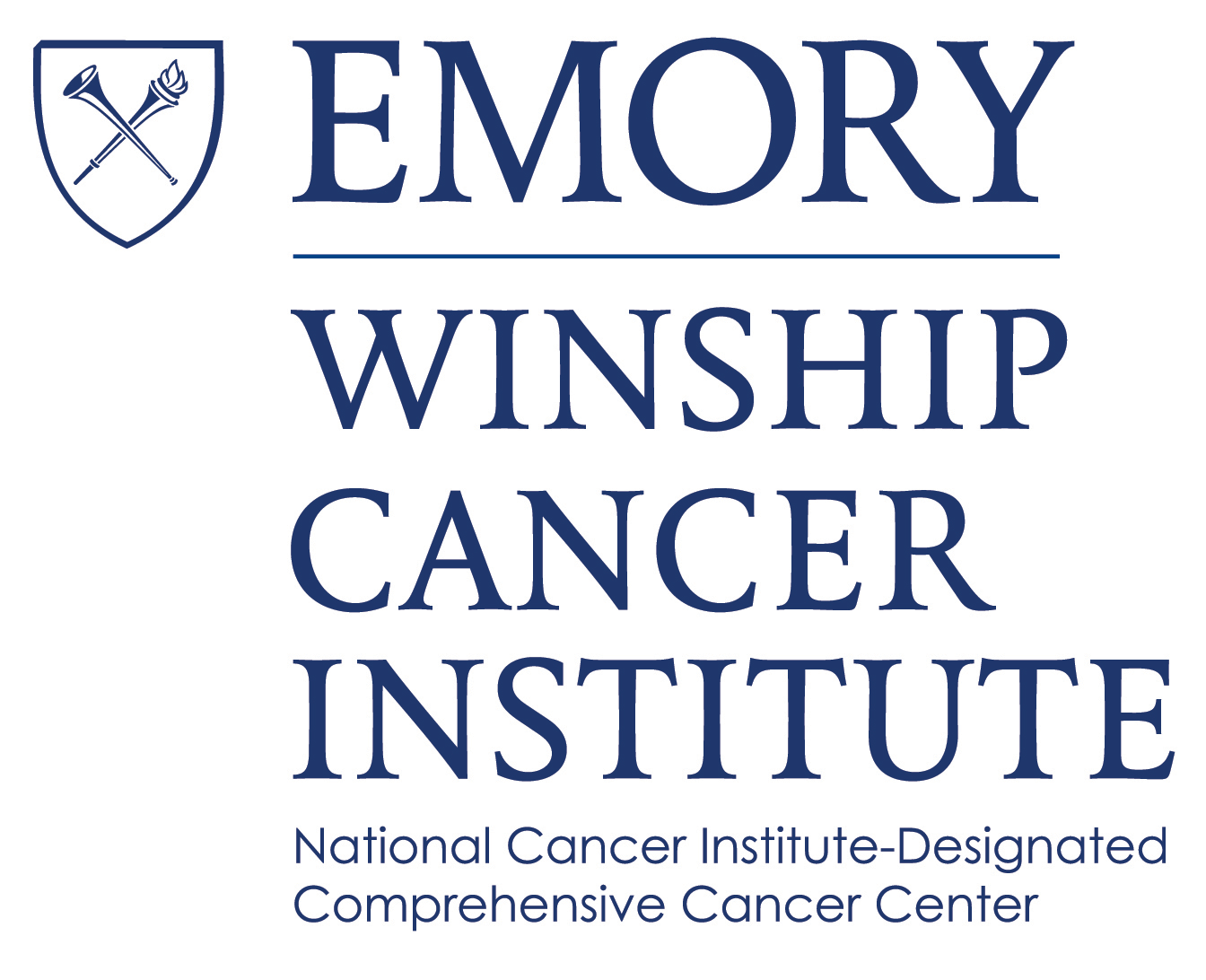- Advertise
- About OncLive
- Editorial Board
- MJH Life Sciences brands
- Contact Us
- Privacy
- Terms & Conditions
- Do Not Sell My Information
2 Clarke Drive
Suite 100
Cranbury, NJ 08512
© 2025 MJH Life Sciences™ and OncLive - Clinical Oncology News, Cancer Expert Insights. All rights reserved.
Dr Hunter on the Evolution of Pathology in Myelofibrosis
Anthony M. Hunter, MD, discusses the evolution of pathology in myelofibrosis based on outcomes from clinical trials.
Anthony M. Hunter, MD, assistant professor, Department of Hematology and Medical Oncology, Emory University School of Medicine, medical director, Immediate Care Center, Winship Cancer Institute of Emory University, discusses the evolution of pathology in myelofibrosis based on outcomes from ongoing clinical trials.
It has long been established that the key biological or cell-signaling pathway involved in myeloproliferative neoplasms (MPNs) and myelofibrosis is the JAK-STAT pathway, Hunter begins. This understanding significantly advanced in 2005 with the discovery of the JAK2 mutation present in a large percentage of patients with these diseases, he says. Regardless of these specific mutations, all patients with MPNs or myelofibrosis exhibit activation of the JAK-STAT signaling pathway, which affects various aspects of hematopoiesis, or blood cell production, Hunter explains.
In addition to its role in hematopoiesis, the JAK-STAT pathway is linked to increased inflammatory cytokine signaling, he continues. This pathway signals through numerous cytokine and inflammatory receptors, leading to elevated levels of inflammatory signaling and various cytokines in myelofibrosis, Hunter says. Understanding this biological pathway has been crucial and has driven the development of JAK inhibitors as a treatment strategy, according to Hunter. JAK inhibitors have become a cornerstone in the management of myelofibrosis, providing significant symptom relief and improving the quality of life for many patients, he notes.
However, current research is expanding beyond the JAK-STAT pathway, Hunter expands. New agents being explored in clinical trials focus on non–JAK inhibitor treatments that target additional pathways, such as BET inhibitors, various other signaling molecules, and anti-fibrotic compounds, he adds. These emerging therapies may complement the role of the JAK-STAT pathway in myelofibrosis, offering broader treatment options and addressing other aspects of the disease, Hunter says. By exploring these alternative pathways, researchers hope to develop more comprehensive treatment strategies that can better manage the complex biology of myelofibrosis and improve outcomes for patients, Hunter concludes.


